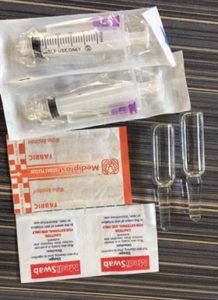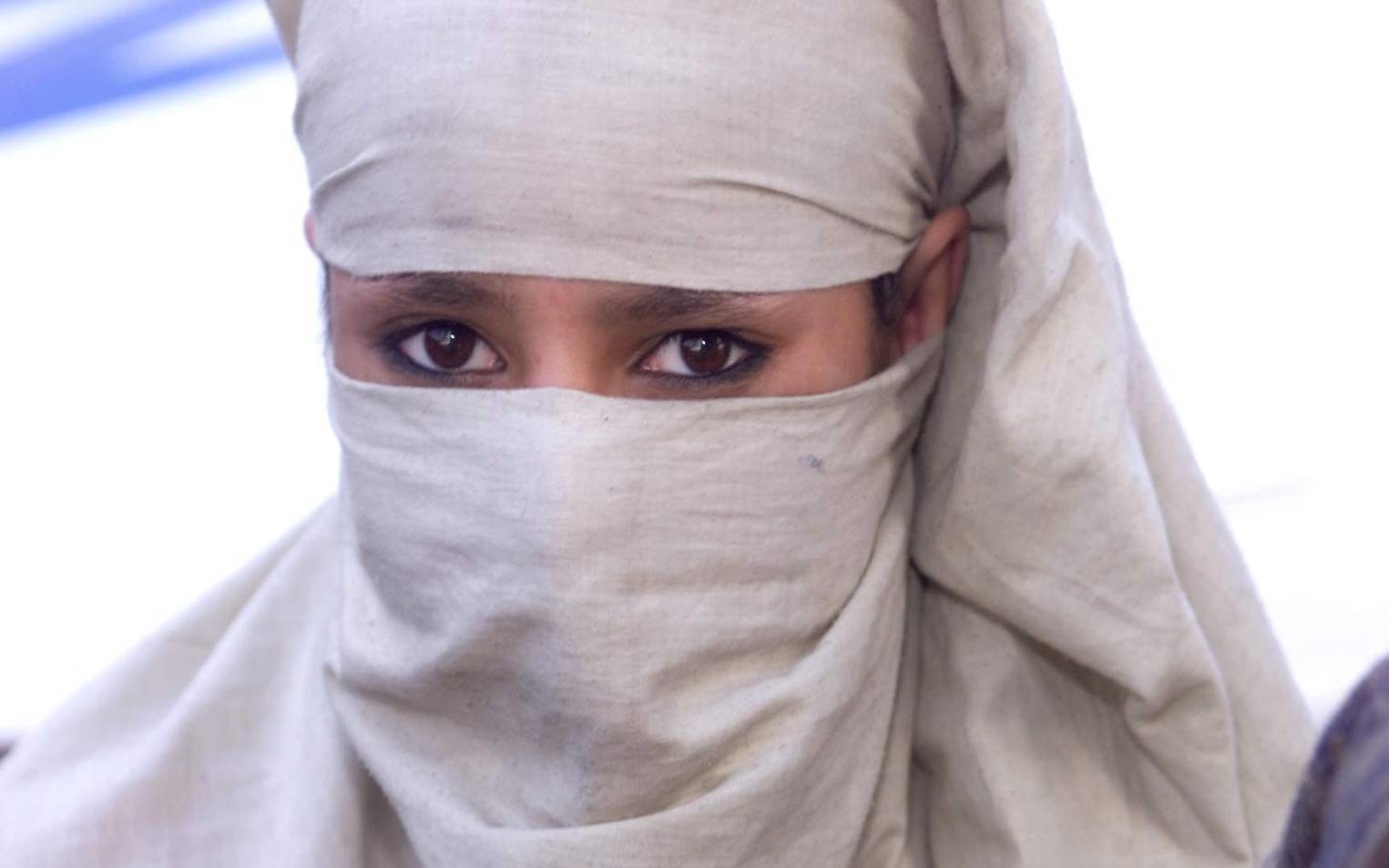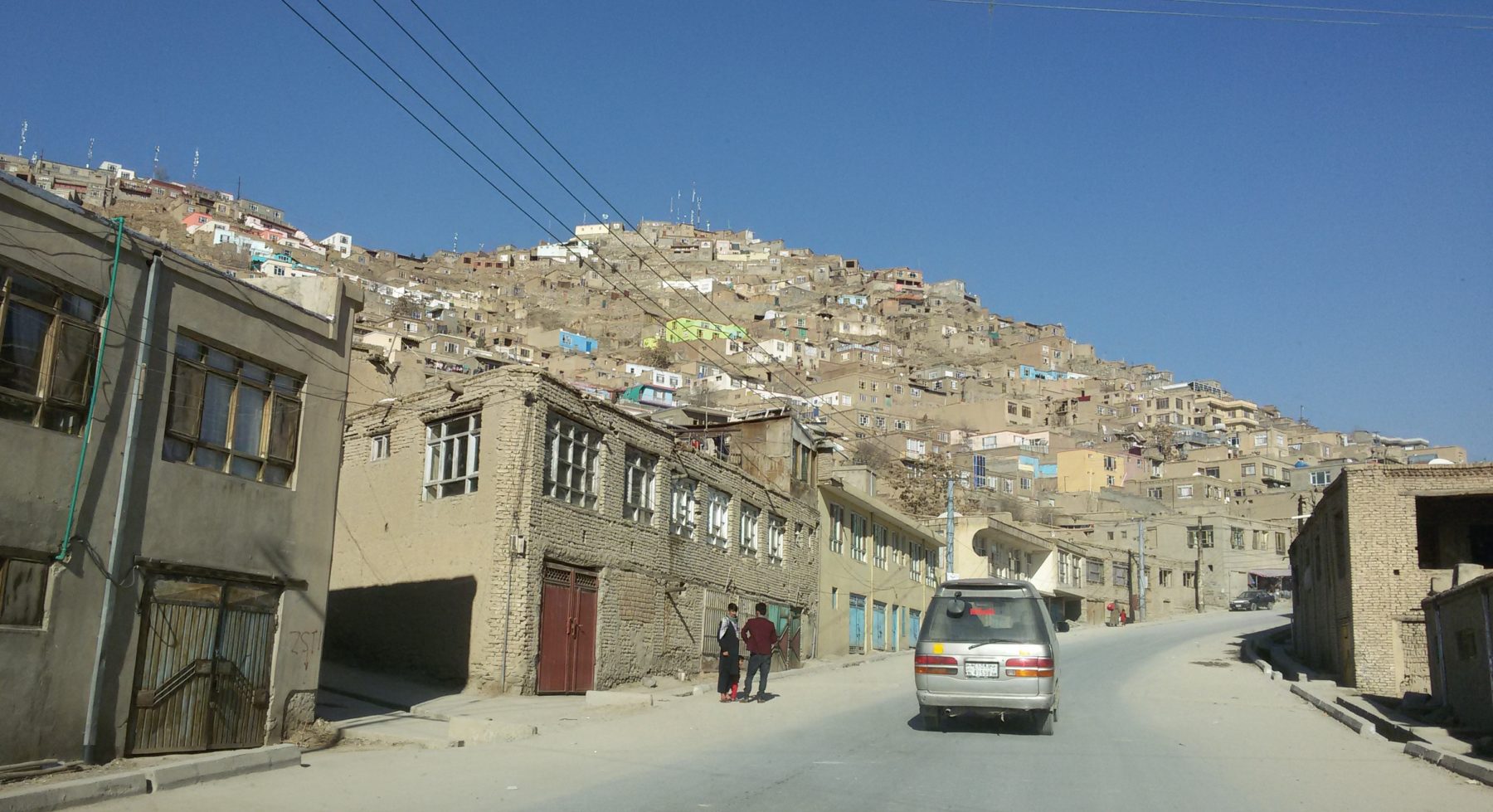Afghan women whose lives involve drug use, sex work or having multiple sexual partners usually keep these parts of their lives hidden—and with good reason. They risk societal shunning, imprisonment and violence against them, among other harms. For women, these behaviors are acutely stigmatized in Afghanistan’s traditional culture.
The number of Afghan women who use drugs is believed to be lower than for men. But very little data is available, in part because of the sheer invisibility of most women’s drug use—and for the same reason, the little that exists is likely to under-represent women.
In 2016 Bridge Hope Health Organization (BHHO)—an Afghan harm reduction organization founded by former drug users on which Filter recently reported—set out to map the number of people who use drugs (overwhelmingly heroin and other opiates) by visiting common drug use sites. Peer workers counted, or “mapped,” 1,969 drug users in Kabul, 109 of whom were women, according to Bridge’s Program Director, Raheem Rejaey, who founded Bridge with a grassroots perspective.
In interviews with the Bridge team and with me, marginalized women in Kabul have described lives spent seeking ways to cope—with pain, violence, war, poverty, and mistreatment or abandonment by husbands—and simply seeking to survive.
Some women use drugs (usually smoking rather than injecting) and live with families. Others live on the streets and use drugs. Some women will sell sex to survive, or provide “entertainment” to wealthy men in order to support themselves and their families.
Some details of their stories below have been changed or omitted out of respect to some of the women and their cultural sensitivities, and at the request of Bridge.
Laila—A Woman Who Uses Drugs
Laila, a quiet, sensitive woman who wore her hair short, appeared to be around 30 when she first spoke with me through a translator. She explained she wanted to tell her story to help people understand why women might use drugs.
She was born in Iran but emigrated to Afghanistan with her husband and his family. She had been abandoned by them after a series of misfortunes that started with a car accident in the central-Afghanistan province of Daikundi, she said. It resulted in broken bones in her leg and hand.
During the long recovery process, she said her husband’s family put opiates in her drinks to help her, but she became addicted. After further events, about which she was unclear, she ended up in Kabul, homeless and abandoned by her husband. Laila said she smoked opiates to cope with these misfortunes.
“It is really surprising for people [Afghans] to see a woman using drugs,” she said. “Right now, most women that are using drugs are using it for their pain, so they get used to it and can’t live without drugs. And they still don’t know that we can’t live without using it.”
Like many other homeless people using drugs, Laila was living under the Pul-e-Sokhta bridge in Kabul. In 2015, she had participated in a focus group for women drug users, sharing why it is important that women’s voices in Afghanistan are sought out and heard. That’s when I was able to speak with her for the first time, and she told me how addiction happens not only in women but in children.
According to her description, a misconception that’s comparable to the “addicted baby” myth in the US may help to cause this.
“There are women who get pregnant and they believe that because they use drugs, that their kid will be a drug user too. So even if their kid is born, they do not take care of it,” she said. Some mothers, she said, also blow opiate smoke into the faces of their children or put opiates into their water to make them sleep.
A Kabul street. Photo courtesy of Michelle Tolson.
On the street, she said, the risks were worse. She saw street kids getting recruited by drug dealers to sell drugs, or even to sell sex.
Because of this, Laila said, she took her own daughter, who was 10 years old at the time, to an orphanage so that she would not be subjected to the violent street environment.
Laila told me that she desperately wanted to work and be able to support her daughter. She said people helped her with food and generally treated her well because she was “a guest in Afghanistan,” but employment opportunities and housing for Afghan women without male providers are extremely limited.
Bridge planned to recruit Laila as a peer educator for women, once funding came through. But the organization lost contact with her. In 2016, after a street sweep by police dispersed and detained drug users in homeless encampments, she disappeared.
The team re-established contact with her, still living on the streets, in 2017. “She went to a treatment center for women drug users,” Rejaey, who spoke with her that year, told Filter. As to the status of Laila’s daughter, Rejaey said, “We were unable to verify her location or if she has a child.”
Some months later, the team lost sight of her again. Laila hasn’t been seen since early 2018.
Fatima—Engaging in Survival Sex
In 2016, Bridge helped facilitate a training for male peer workers, but due to funding limitations were unable to provide a separate training for women. Waiting for new funding, the team hoped to train women as well. Unable to locate Laila, they recruited another woman, Fatima*, who was also homeless and using drugs, to be able to learn with the Bridge team.
Fatima appeared to be in her 30s and had a slight build and a nervous demeanor. She started training but seemed distressed on the first day. After speaking with the Bridge team, she confided that she was bound to a sigeh contract with a man.
In Shia Islamic culture, sigeh contracts are sometimes used to legitimize a temporary sexual relationship between a man and a woman. It can also be a means for a woman to obtain financial support for herself and her children from a man. The man Fatima was involved with was unhappy at her absences during the training.
Although Fatima wanted to be trained and to earn an income from harm reduction work, her immediate survival—through her one established source of income—had to take priority for her. She left the program.
Trust the women. That is the first step. Everything else will follow.”
The Bridge team said it is not uncommon for vulnerable Afghan women like Fatima to be involved in transactional relationships of this kind—although not all women who use drugs pay for them in this way, and nor do all women in transactional relationships use drugs.
Rejaey told Filter recently that Fatima “was doing well,” though she is still living at Pul-e-Sokhta. She smokes opiates and “shisha” (methamphetamine) and engages in survival sex—she is no longer in a sigeh contract—to get by.
There was a period when the homeless community had been banned from the bridge by the police and wandered the nearby streets without a place to go. But by summer 2019, they were allowed back at the bridge, which Rejaey said offered a greater sense of community. He said about 250 people were currently living there.
Qadria—A Harm Reduction Worker and Madam
In 2017, Bridge was able to secure a grant from the Global Fund to train and employ peer workers to provide harm services for “women with high-risk behaviors.” One of those peer workers was Qadria*.
Qadria is a petite, middle-aged Afghan woman with a keen awareness. She has worked for years as both a harm reduction worker and a madam, connecting women with men who pay them for sex.
Like Fatima, Qadria had badly needed a way to support her family after being abandoned by her husband at age 20. She had been married at age 14 to a man 25 years older than her. He was not only unreliable, but abusive.
Needing a way to protect her children, she found long-term financial support from another man, which was facilitated by another woman.
“He put me in a house like his wife,” Qadria told me. When their relationship ended after 15 years, she was again left without support. Another Afghan woman helped connect her with other male “benefactors,” which helped her to support her children and to buy a house.
Confident, with a humorous personality, Qadria doesn’t describe her experiences as something she was forced to do, but rather as the best option in a difficult situation.
Qadria similarly describes her role of connecting other women to men who will pay them for sex. She makes clear that she gets a commission for doing this, which helps her to support her own family. But she also sees what she does as intrinsically valuable.
“There are women whose husbands are drug users, who beat them and force them to get money,” she said. “The best way to help is by helping her find a supportive man.”
“Before, the women didn’t have money; they are poor, so they have money with this work,” she continued. “Another reason is they have problems with their families—so they don’t have a family support to support them, so have to do this work. Or, their partner is having a relationship, so they seek their own relationship. There can be lots of destruction from the family and blaming [the women], so this work provides money and freedom for them.”
“Most of the women who are addicted to drugs are coming out at night at 11 pm,” said Qadria. “They find someone who has a relationship to have the drugs and get paid.”
Bridge’s night-time harm reduction outreach to street-based workers is done by male peer workers due to the inherent risks of the situation. They distribute “needle syringes, water for injection, alcohol swabs and finger plasters [band-aids],” Bridge’s program coordinator, Ata Hameed, told Filter.

One of the harm reduction kits handed out by Bridge, including syringes, water for injecting, alcohol swabs and band-aids. Photo courtesy of Bridge Hope Health Organization.
However, Qadria, who does not use drugs, except for occasionally drinking alcohol, and who works with women who are home-based, does her harm reduction work during the day. Among other things, she distributes condoms to the women to protect them from HIV and hepatitis infections.
She told me that wearing a burka on the street helps her to do this work in relative safety, without being questioned. The loose garment allows her to conceal packages of condoms and bring them to women’s homes, making sure to deliver them when there are no guests.
During peak outreach visits, Qadria and her woman peer worker colleague are able to deliver “about 300 condoms a day,” she said, making visits as many as four days a week.
Qadria added that some of the women are seeking paid sexual encounters by choice, rather than because of financial hardship. “Some young girls who have marriage with an old man, so she finds a younger man. So also, when a man has two, three or four wives, they don’t have the energy to perform husband duties, so women seek out an outside relationship. So, [in this case], the women are also compensated.”
She describes this work as kharabat, which means “sexual entertainment” in Dari, a local language in Afghanistan. They work from a home in a given neighborhood, often for “a few months,” before moving houses again.
But while some women engage in sex work by preference, “most are trying to find the best of a bad situation. They [would] prefer to find this with the husband.”
Qadria has previously worked for other harm reduction projects, as well as for human rights organizations. She used to work with the Human Rights Commission, helping to report on the different kinds of abuse women face and the reasons for their coming to this work.
“There was a case where a woman was blackmailed by a son-in-law for a percentage of her money, on threat of exposure. She did not pay him, and he reported her, and she is now in prison,” she told me through a translator. “There is another family that was arrested by NDS [National Directorate of Security–Afghanistan’s intelligence agency], but the woman was able to pay a bribe and she is now free.”
Harm Reduction Needs Versus Donor Verification
Under a United Nations Development Program grant, Bridge had a target in 2018 to reach 1,250 women in the “high risk” category, but instead reached 1,573. Of those, Bridge tested 1,373 women through a sexual health screening. About 90 of the women tested positive for hepatitis C and were referred for treatment; 35 women are currently undergoing treatment. They receive the treatment for free, as it is supported by the Global Fund.
However, one problematic issue with grantors has been verifying condom distribution, according to Hameed. Most women do this work without openly identifying themselves, because to do so could mean imprisonment. Despite the organization exceeding its target for outreach and harm reduction services through condom distribution, the validity of its data was questioned by a donor.
A prominent South Asian harm reduction expert counters that concern.
“Verifying distribution of condoms is a futile exercise in a situation wherein sex work is criminalized. The mere fact of verification can mean identification and persecution,” Meena Seshu told Filter. SANGRAM, the NGO in India that she founded, advocates for HIV prevention and human rights for sex workers.
“Flood the community with condoms and hope they can use it,” said Seshu. “That is a good harm reduction program!”
Having worked over the years with thousands of women who are supporting families, she understands the need for confidentiality—and the reality that this need can sometimes make data verification difficult.
“We have a lot of married women in our programs who we protect, mainly because of the stigma they would face from family and society if they come out,” she explained. “They do come and speak to donors and others where they access services, but only if such services are offered in a safe environment.”
In harm reduction services, prioritizing client safety above data collection is not only valid, but vital. “What is the ultimate goal of providing the service?” Seshu asked. “To protect the sex worker. Then donors will have to accept to maintain confidentiality. Trust the women. That is the first step. Everything else will follow.”
Fortunately, after some discussion, Hameed said, the donor was able to accept the situation. While Bridge had specific funding for its women’s program under a UNDP microgrant in 2017 and 2018, it currently has no formal funding for this. But it continues to deliver services.
Asked how they get by, Hamid told Filter that the private sector has donated some items, such as vitamins to be given to people who lack good nutrition. Bridge has two women volunteers who keep working with the population Bridge serves.
Qadria is one of them, and continues with her work despite no longer being paid as a peer worker. But Bridge is seeking renewed funding, and many Afghan women will hope that they get it.
* Name has been changed to protect privacy at the source’s request.
Photograph of an Afghan woman wearing niqab; by Davric via Wikimedia Commons






Show Comments